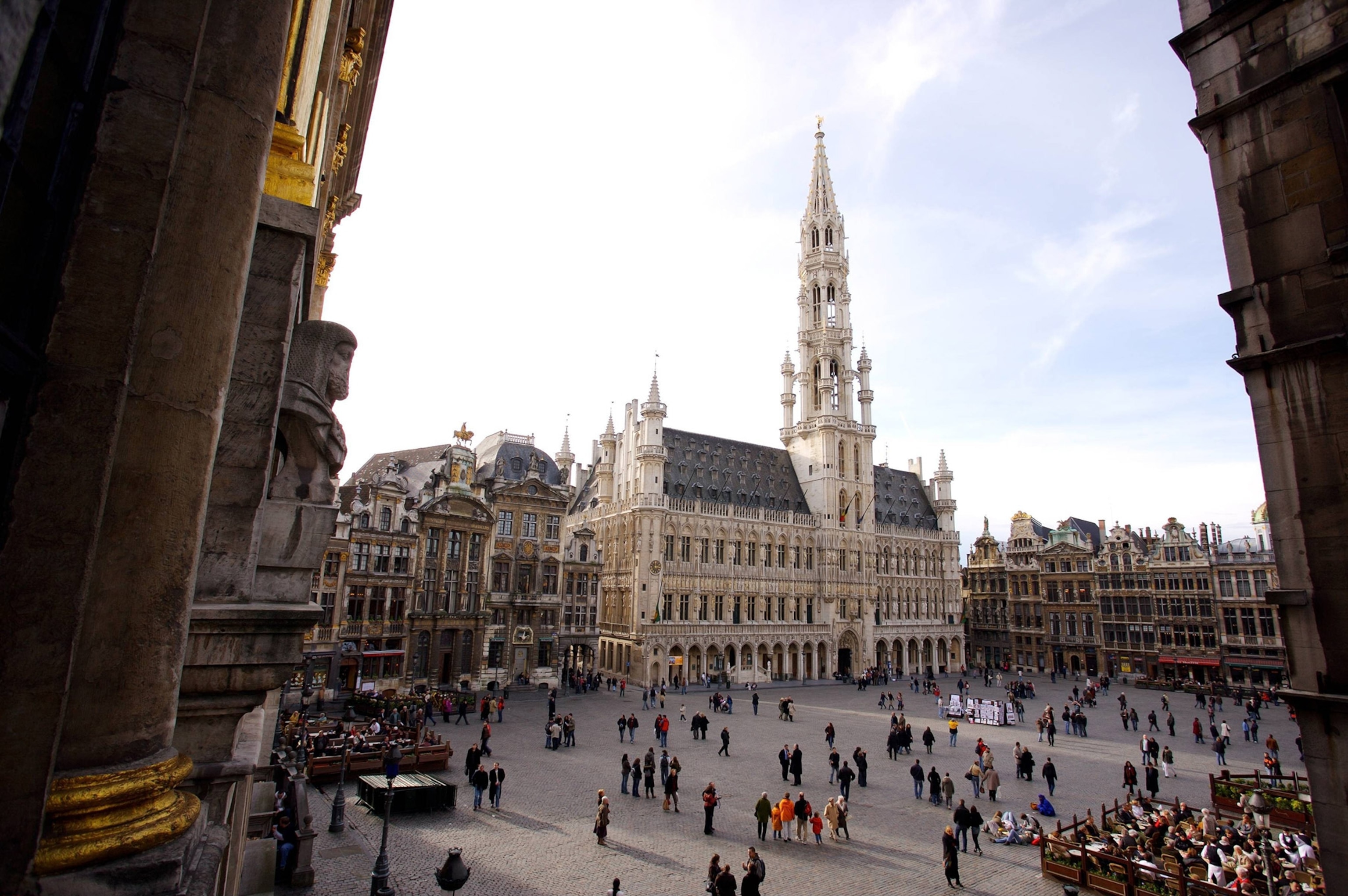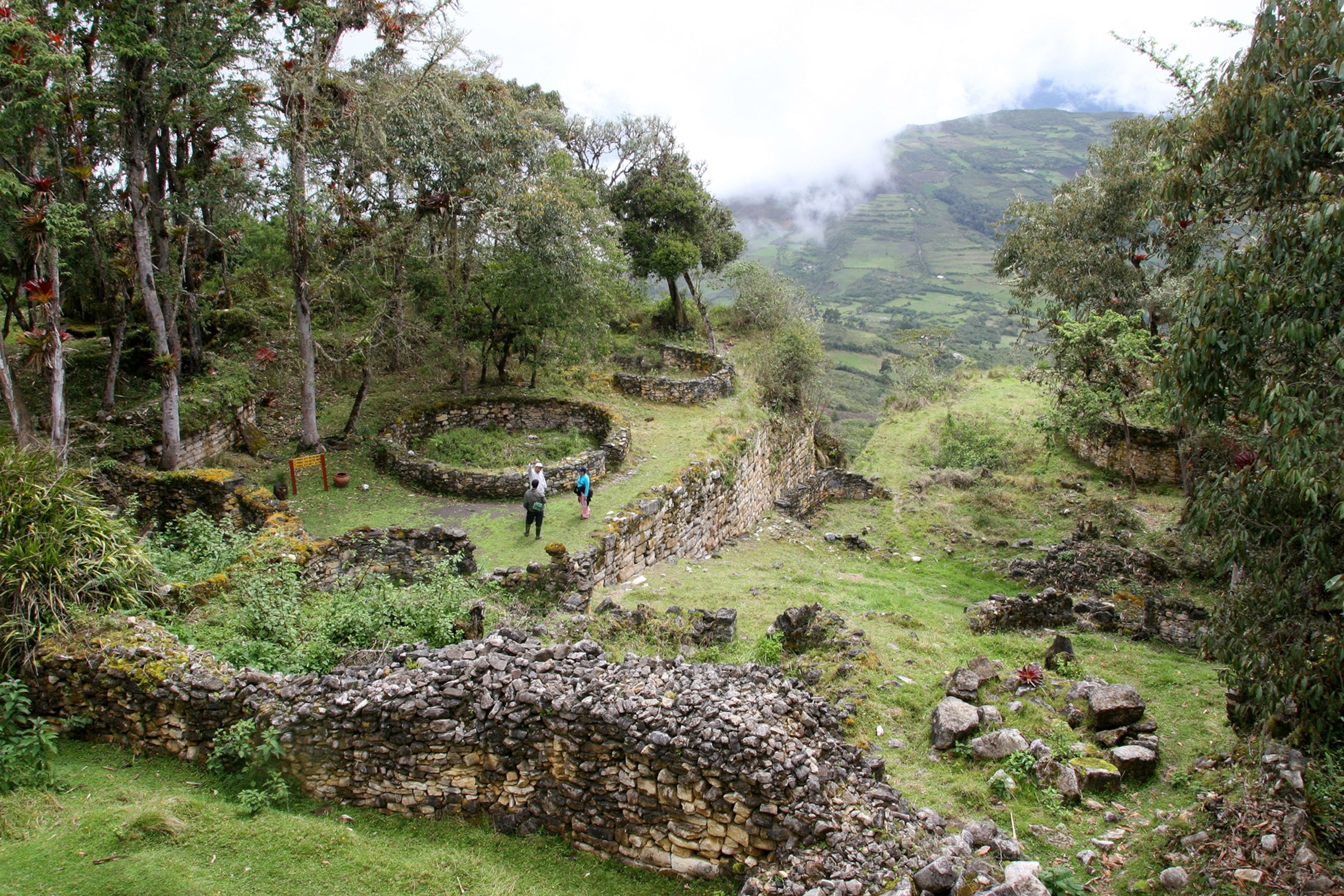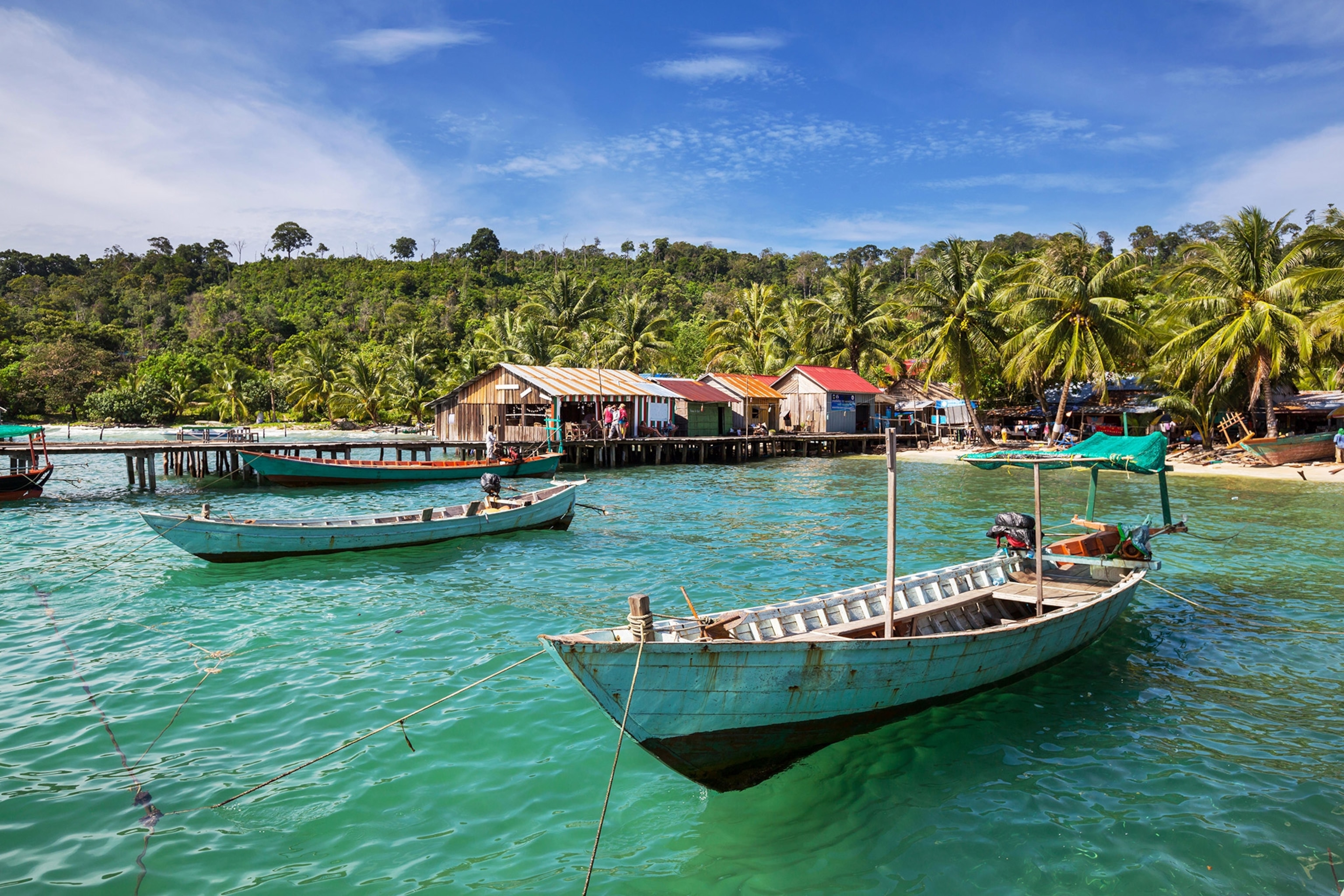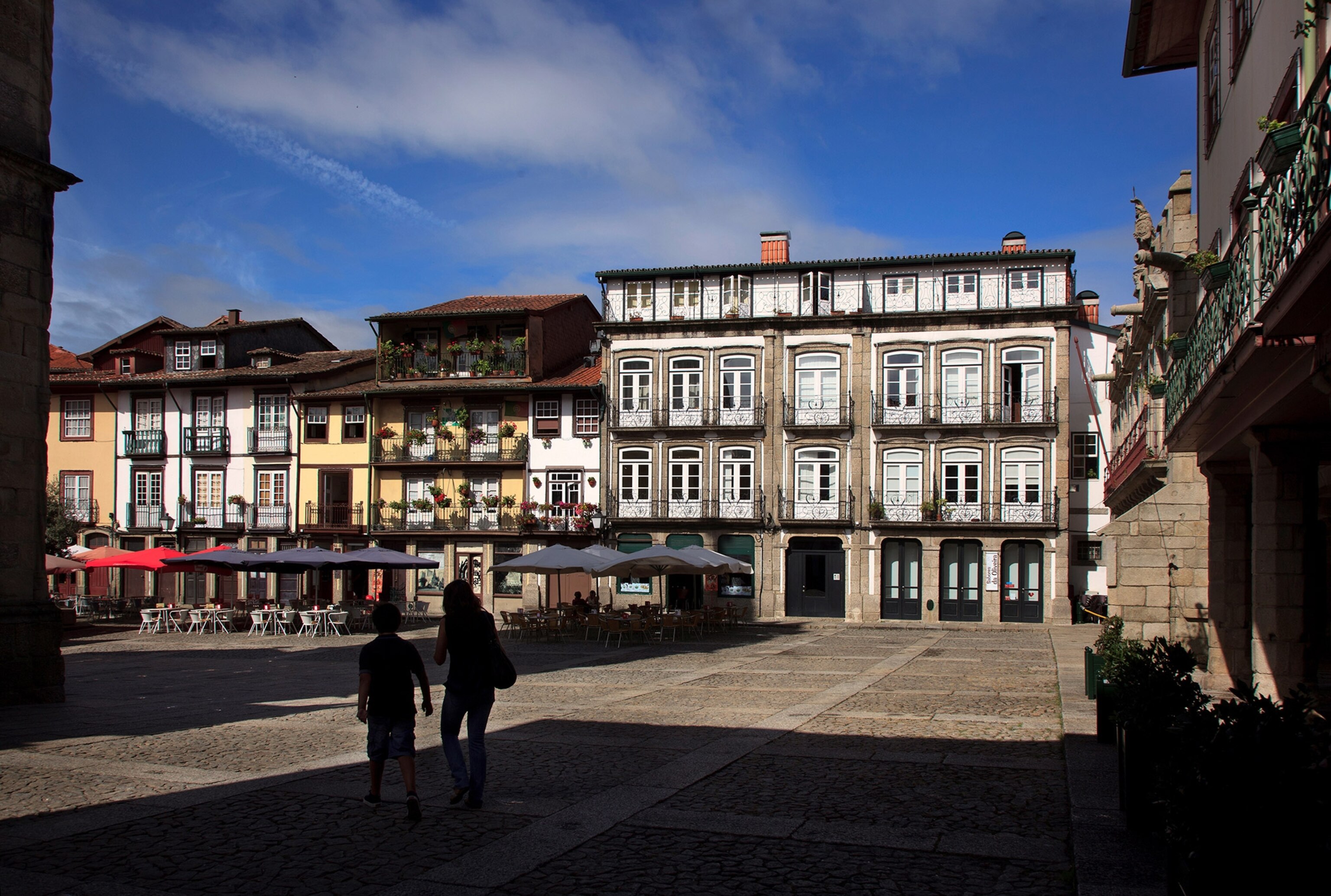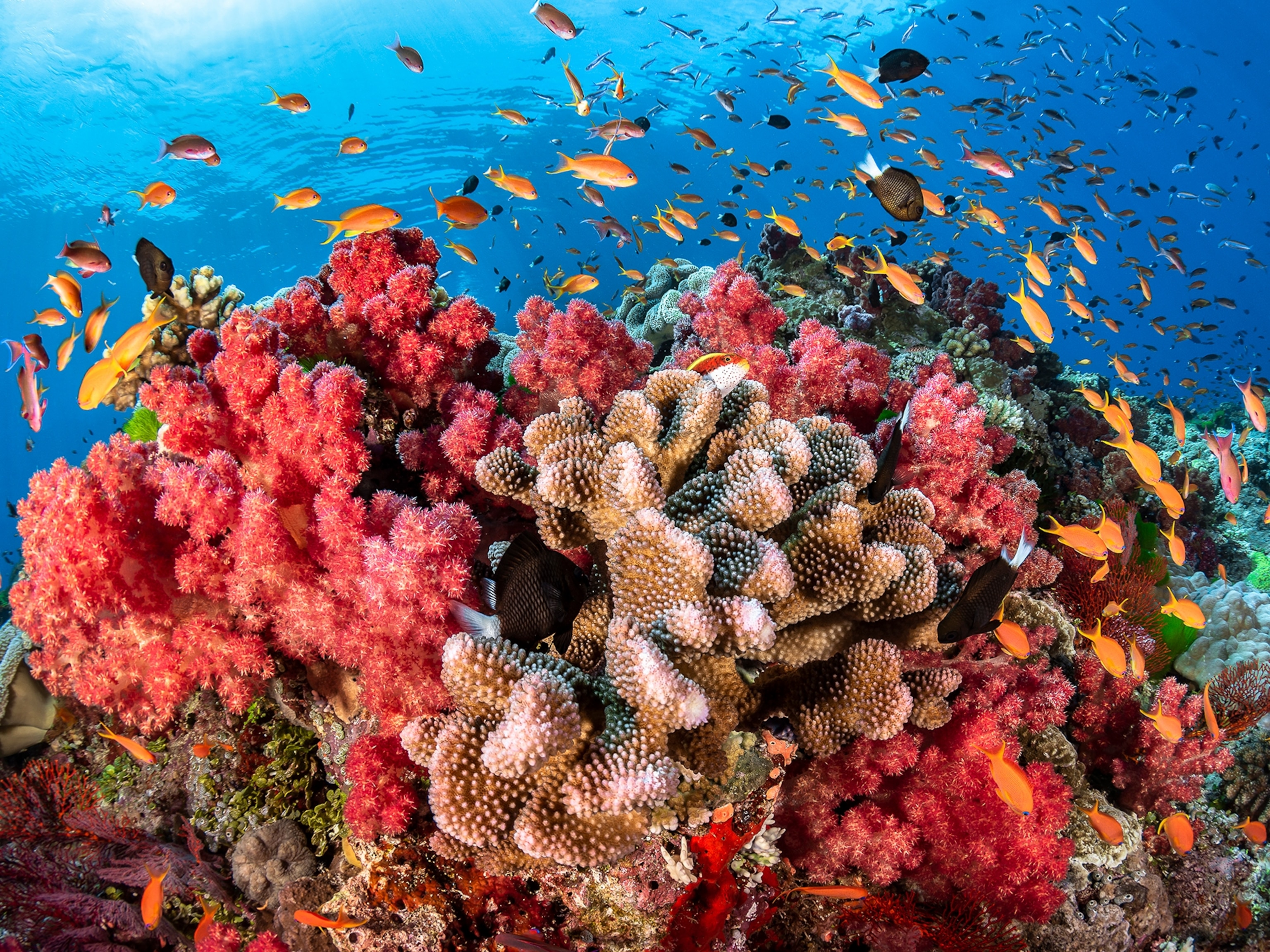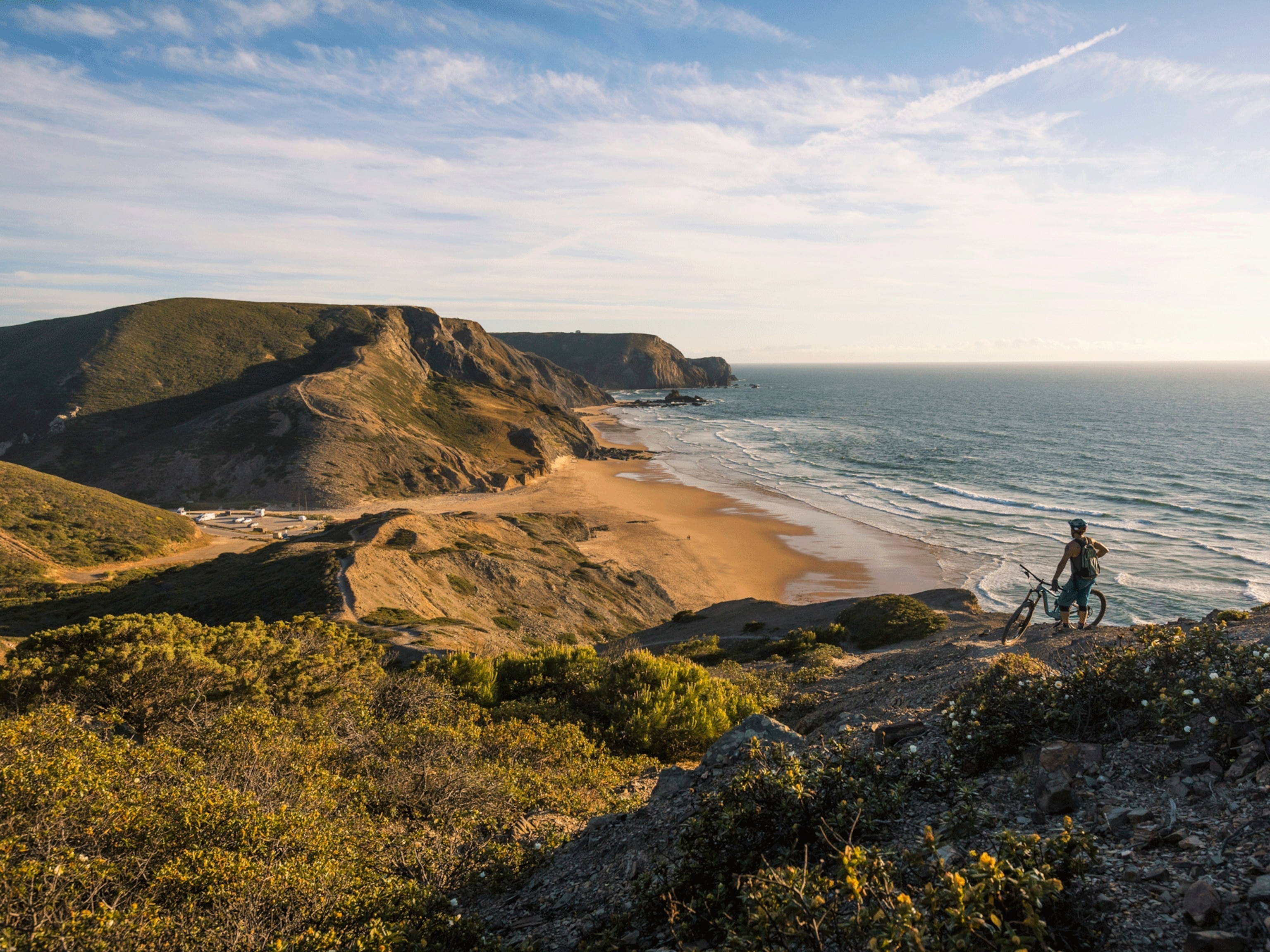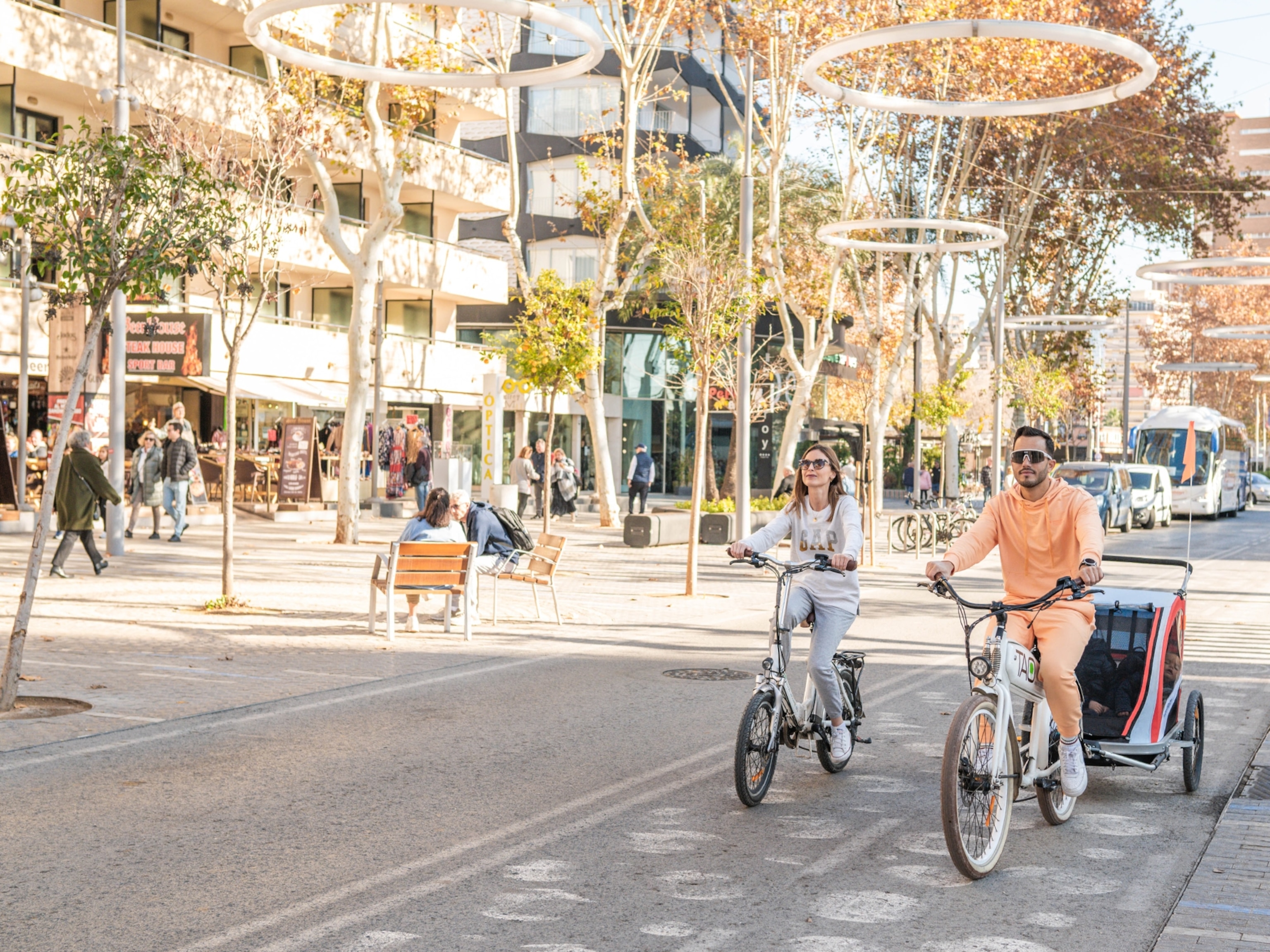Undertourism: These destinations want your attention
In the age of overtourism, the world’s less-visited places are seeing a new opportunity.
This year, destinations are putting the brakes on overtourism like never before: Venice announced plans to charge for entry, Bruges capped cruise ship numbers at two per day, and Paris declared intentions to ban tourist buses from the city center.
But a new phenomenon is developing. ‘Undertourism’ is the increasingly common marketing tactic being used by less-frequented destinations. Come here, they say, because we’re not as crowded as the neighbors. Visit us, and you won’t have to queue for your Instagram likes. (Here’s how Instagram is changing Travel.)
As the doom-laden headlines put off tourists who don’t want to spend their travels dodging selfie-takers, it’s a canny move. Take Lisbon for example—is it a coincidence that travel to the once-under-visited Portuguese capital have exploded since Barcelona started actively discouraging tourists?
But even the lesser-visited spots can risk becoming victims of their own success. “Places marketing themselves as ‘undertouristed’ will be the overtourism disaster zones of the future unless they adopt more responsible approaches to tourism planning,” warns Justin Francis, CEO of Responsible Travel.
So how can we help? One way is to have a deeper experience, rather than the hit-and-run attitude most visitors have. It’s an approach even the destinations flooded with visitors are taking as they actively promote their lesser-visited corners: Venice, for example, suggests swapping St. Mark’s Square for Lido, a beach-fronted island where most restaurants and hotels are locally owned. Venezia Autentica—a start-up that highlights the city’s time-honored artisans—steers city-breakers away from the tourist traps and toward local bars, shops, and restaurants. (Venice is flooded with tourists—visit these floating cities instead.)
Undertourism can also mean paying more attention to your surroundings while you’re there—Vienna’s latest marketing campaign urges visitors to ditch their phones and be fully present in the Austrian capital. Or it might simply be picking a destination that needs travelers—such as Bali during the Mount Agung eruptions; Puerto Rico post-Hurricane Maria; or Sri Lanka since the Foreign Office relaxed its advice on traveling to the country following the Easter bombings. (Read more about overtourism.)
For yout next trip, consider these five alternatives to favorite destinations around the world to consider for your next trip.
Like Machu Picchu? Try Kuelap
With 400 stone houses perched on the mountaintop, and a new cable car to get you there, now’s the time to see this dramatic Incan site, which, in fact, is older than Machu Picchu.
Like Venice? Try Trieste
Just a couple of hours from Venice by train, this elegant Italian city is wedged in beside Slovenia. Cantilevered over the shimmering Gulf of Trieste, it even has its own handsome canal, lined with palazzi. (Here is Europe’s most sustainable country in 20 pictures.)
Like Phuket? Try Kep
As Cambodia’s southern coastline proves more and more popular, Kep—backed by jungle, fronted by clear seas and crab shacks—has retained its laidback, non-party town vibe. The beaches are every bit as good as Thailand’s, too.
Like Lisbon? Try Guimarães
Northeast of Porto, this small, beautiful city was the cradle of Portugal—the country’s first king, Afonso I, was born here in the early-12th century. Today there’s an unspoiled old town, an 11th-century castle, and gilded churches aplenty.
Like Bruges? Try Brussels
It may lack those glinting canals, but Belgium’s capital has medieval architecture, buzzing restaurants, plenty of chocolate shops, and beer to boot. And as a real working city, it’s refreshingly unpretentious.
